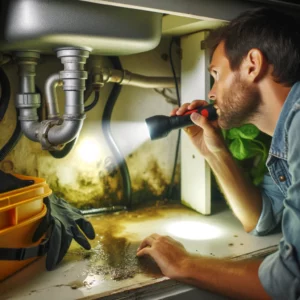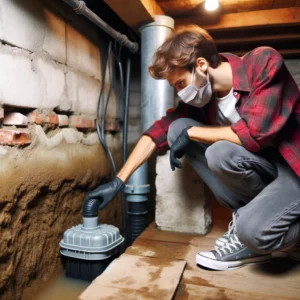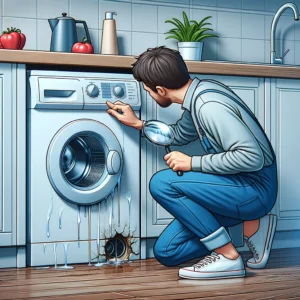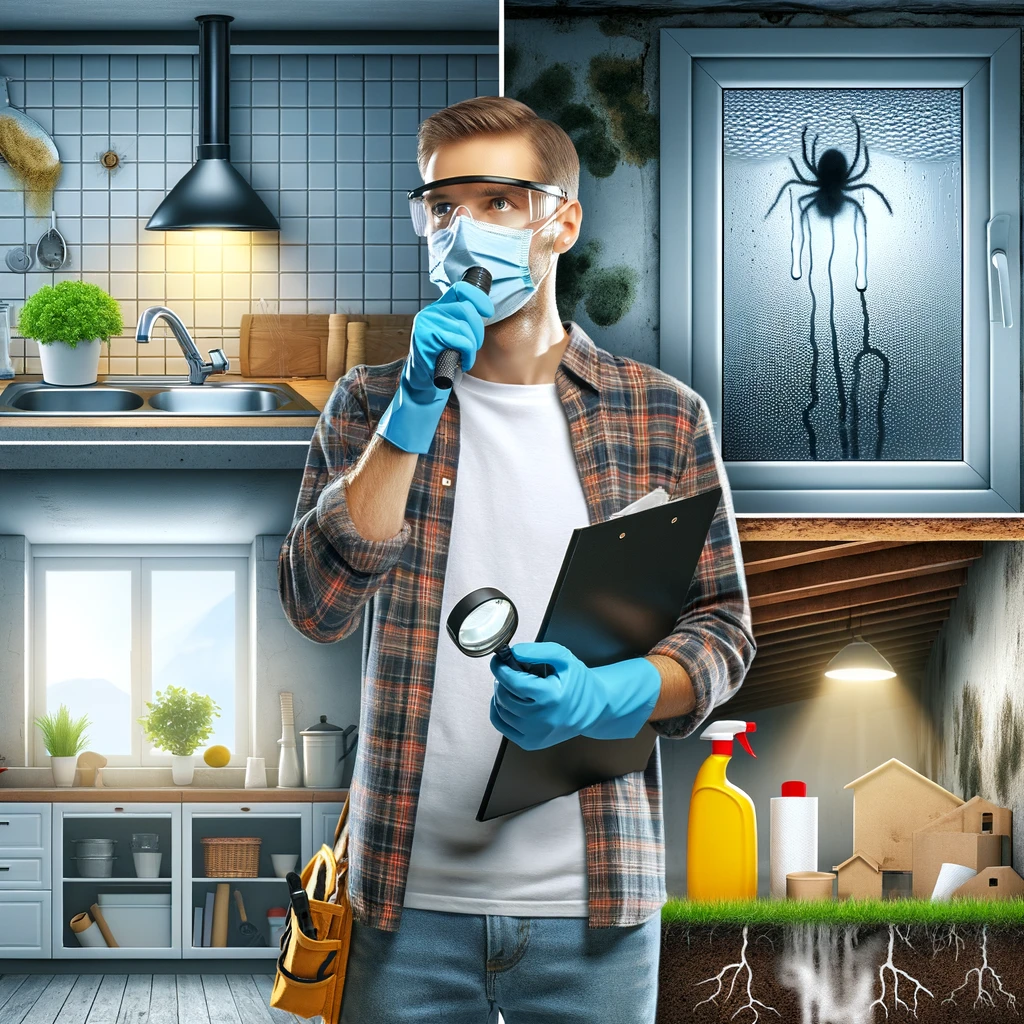Mold Master: Step-by-Step Guide to Eradicating and Preventing Mold
Mold, the persistent pest of damp corners and forgotten basements, can make even the most immaculate home feel unwelcoming. But fear not! This comprehensive guide equips you with the tools and knowledge to not only eradicate existing mold infestations but also build long-lasting defenses against its return.
Step 1: Moisture Mayhem – Identifying the Root Cause
Remember: Mold thrives on moisture. Your first task is to become a detective, unearthing the hidden leaks or humidity hotspots fueling its growth. Inspect for:

- Leaky pipes and appliances: Check around sinks, bathtubs, dishwashers, and washing machines for signs of water damage.

Spotting moisture buildup on windows to prevent mold. - Condensation: Look for moisture buildup on windows, walls, and pipes, especially in bathrooms and kitchens.

Searching the roof for cracks and clogged gutters to avert mold. - Roof leaks: Inspect your roof for cracks, missing shingles, or clogged gutters that might allow water to seep in.

Investigating basement dampness to prevent mold growth. - Basement dampness: Check for cracks in foundation walls, poor drainage, or malfunctioning sump pumps.
Beyond Leaks: The Human Humidity Factor

While leaks and faulty plumbing are frequent culprits, remember that modern homes, built for energy efficiency, can also trap moisture from everyday activities like cooking, showering, and even breathing! This is why proper ventilation becomes even more crucial.
Step 2: Eradication Brigade – Banishing the Moldy Menace
Once you’ve identified the moisture culprits, it’s time to tackle the mold itself. Here’s your battle plan:
- For small areas: For minor mold patches, you can try DIY cleaning with a solution of one part bleach to four parts water. Wear gloves and a mask for safety, and ensure adequate ventilation.
- For larger areas or persistent mold: Professional remediation is often necessary. Services like Renovation Services offer expert mold removal, ensuring thorough eradication and minimizing the risk of future spores lurking.
Step 3: Ventilation Vanguard – Keeping Moisture at Bay
Mold thrives in stagnant air. Proper ventilation is your secret weapon:
- Boost exhaust fans: Upgrade bathroom and kitchen fans to powerful models (ideally 150 cfm or larger). Consider adding humidistats for automatic activation when needed.
- Dehumidify damp spaces: Basements often benefit from dehumidifiers, especially during humid months.
- Open windows regularly: Let fresh air circulate to remove excess moisture and prevent mold growth.
Step 4: Prevention Patrol – Building Lasting Defenses
Once the mold is gone, keep it that way with proactive measures:
- Address leaks promptly: Don’t let small leaks fester. Fix them immediately to prevent moisture buildup and future mold problems.
- Maintain proper ventilation: Regular use of exhaust fans, dehumidifiers, and open windows is key to keeping moisture levels low.
- Mold-resistant paints: Consider using mold-resistant paints in high-moisture areas. While these paints don’t prevent mold growth, they can make cleaning easier and inhibit its spread.
- Regular inspections: Schedule regular checks for leaks, condensation, and any suspicious mold growth. Early detection and prompt action are crucial.
Additional Resources for Your Mold-Fighting Arsenal
Empower yourself with knowledge from reliable sources:
- The EPA’s Mold Guide (https://www.epa.gov/sites/default/files/2016-10/documents/moldguide12.pdf: offers a comprehensive overview of mold identification, health concerns, remediation, and prevention strategies.
Remember, you’re not alone in the fight against mold. By arming yourself with knowledge, taking proactive measures, and seeking professional guidance when needed, you can reclaim your home from this unwelcome guest and create a healthier, mold-free environment.






